Este post também está disponível em:
Português
English
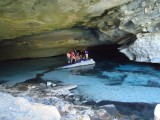
Iraquara is a Brazilian municipality of the state of Bahia.
The municipality is located in the microregion of the Chapada Diamantina Chapada Diamantina and has a large number of caves, waterfalls and caverns, most of which are open to the public.[
Iraquara is also known as “City of Caves”, Iraquara stands out for its large number of caves, waterfalls and caves, most of which are open to the public.
Today the city of Iraquara is included in the tourist project of the Royal Road, was on the Estrada Boiadeira that connected Jacobina to Rio de Contas, going from the mines of Bahia and Minas Gerais to Rio de Janeiro.
The history of Iraquara begins more than 12,000 years ago when many prehistoric peoples passed through this site, nomads from the most varied regions, today known as Goiás, Pernambuco, beyond São Francisco, Minas Gerais and many others.
Map of the Trails and Tourist Spots of the Chapada Diamantina
They left the mark of their presence here through cave paintings, fossils and archaeological records found in the abundant caves and shelters, originated by the limestone formation of the subsoil.
The colonizers began to arrive in the region in the mid-nineteenth century, attracted by the diamond of the region, forming garimpos that gave rise to many settlements, and in Iraquara the main ones are the old Parnaíba, today Iraporanga, the Vila do Riacho do Mel, Água de Rega, Canabrava and Estiva, today Afrânio Peixoto located in the municipality of Lençóis.
The exploitation of gold and diamonds led to the emergence of a road that cut through the Chapada Diamantina in the north/south direction connecting Jacobina to Rio de Contas and passing through the municipalities of Iraquara and Seabra.
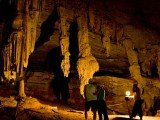
It is known as Estrada Real and is in the process of being listed as a historical heritage site.
These paths were used by the tropeiros who traded in the region and by the “boiadeiros”, who transported cattle along the road that received the name Estrada Boiadeira.
The road along which the Estrada Boiadeira passes had traditional stops such as the village of Cochó do Malheiro in Seabra, Riacho do Mel, Estiva, Campo de São João and Iraporanga, which have a group of houses of relevant historical value, worthy of listing.
The discovery of diamonds in these parts led to the development of these villages, which today retain the colonial ambience, customs and habits of a hospitable and friendly people.
Another factor that defined the occupation of the colonizing man in the municipality of Iraquara was the fertility of its red soil, and the occurrence of water in the valleys and caves of the region.
The discovery of a well with abundant water in the bed of Riacho Água de Rega, by a muleteer named Manoel Félix made a village emerge, which later became the city of Iraquara.
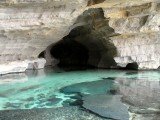
The largest speleological collection in South America, that is, the largest concentration of caves is under the territory of Iraquara.
The Pratinha cave, Lapa Doce, Torrinha, Mané Ioiô and Fumaça are the main attractions of the municipality that has a subsoil with a high limestone content. In the Tupi language, Iraquara means “honey pot, honey well or honey stream”.
The richness of folklore, represented by the Ternos de Reis and Reisados, completes its cultural heritage, alongside the popular festivals that take place all year round, with emphasis on the anticipated São João; the festivals of the patron saint Nossa Senhora do Livramento; Santo Antônio; São José; São Judas Tadeu; São Pedro; Senhora Santana; Senhor do Bonfim and Carnamel, Carnival of Riacho do Mel.
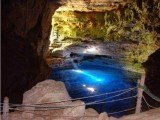
Part of the territory of Iraquara is protected in the APA Marimbus-Iraquara with 125.4 thousand ha in a region bordering the Chapada Diamantina National Park.
It is characterized by the large number of limestone caves and the lake formation known as Marimbus.
Lapa do Sol, Lapa do Caboclo and Abrigo Santa Marta are archaeological sites that stand out for the occurrence of rock inscriptions, attesting to the human presence in Brazilian prehistory.
The caves route is the most frequented.
Diving, for those who are experts in this practice, is an unmissable attraction inside the cave connected to the Blue Cave by a 330 m underwater channel.
The rare formations date from 700/900 million to 1/1.7 billion years ago. Iraquara is 427 km from Salvador.
Considered the largest of its kind in Brazil, the Iraquara Speleological Park concentrates hundreds of caves and grottoes. Paleontological, biological and anthropological scientific research is carried out there. Fossils of giant sloths and saber-toothed tigers can be found in the area.
Rock paintings in caves such as Lapa do Sol and Abrigo de Santa Marta (closed to visitors) are being studied. The fauna of the place includes ocelots, jaguars and deer.
Videos about Iraquara in Chapada Diamantina
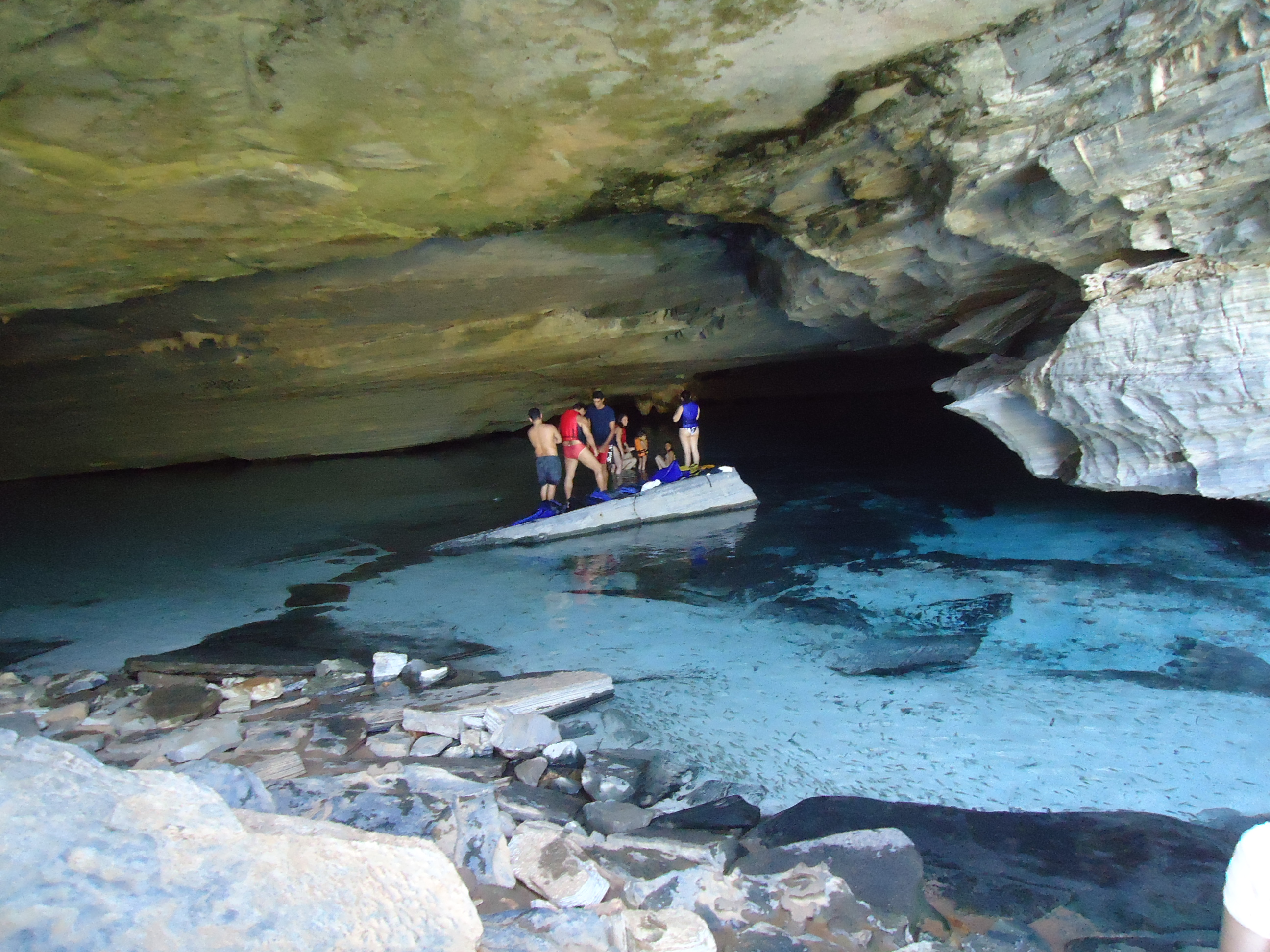

Iraquara na Chapada Diamantina
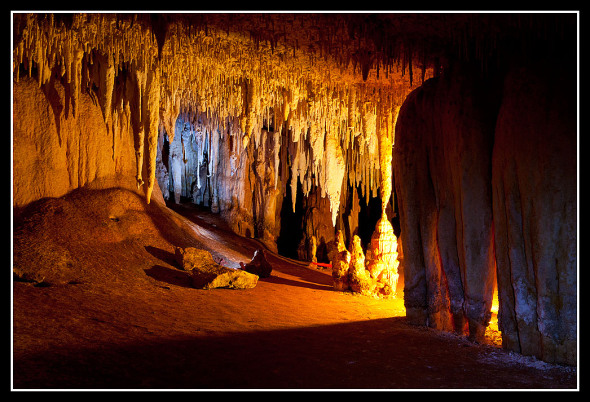
Gruta da Fumaça na Chapada Diamantina
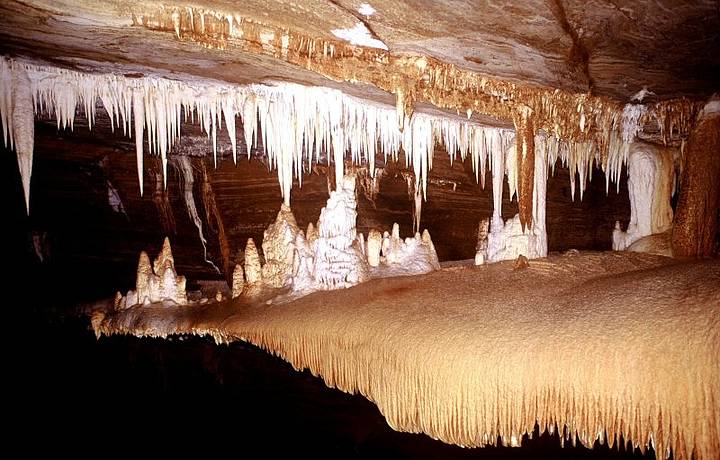
Caverna da Torrinha em Iraquara
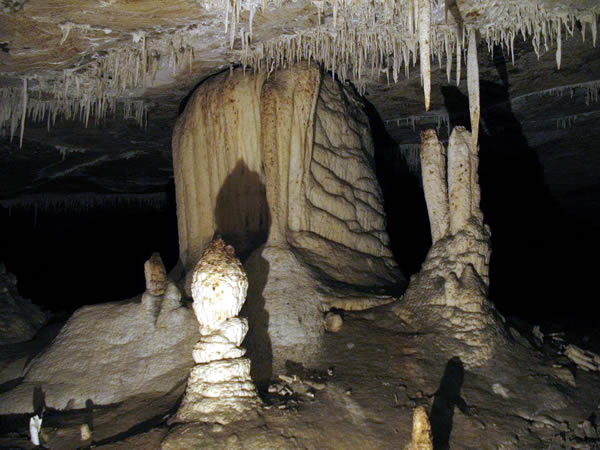
Caverna da Torrinha na Chapada Diamantina

Gruta da Fumaça na Chapada Diamantina
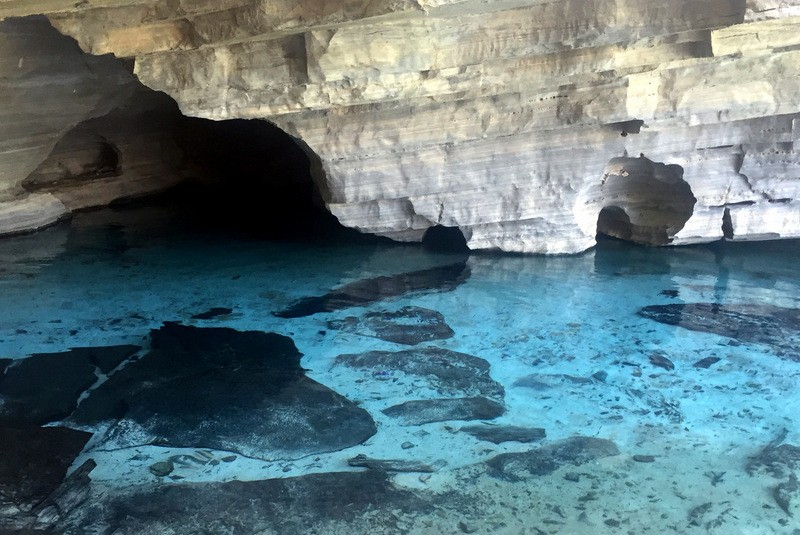
Grutas da Lapa Doce, Gruta da Pratinha e Gruta Azul

Gruta da Torrinha na Chapada Diamantina
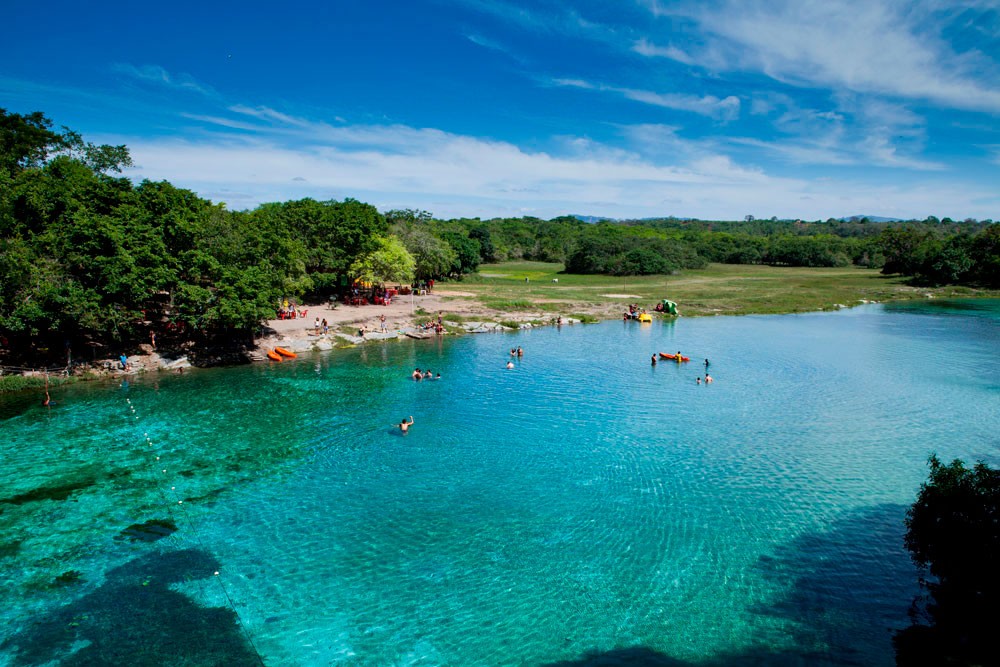
Rio e Gruta da Pratinha na Chapada Diamantina03:55
Fruits in Iraquara in Chapada Diamantina
1. Lapa Doce Cave
This cave where rare specimens live, such as the blind and albino catfish, is part of the complex called Lapa I. II and III.
Considered the third largest cave in the country, Lapa Doce has 17 mapped kilometers, 850 meters of which are open for visit. In this space, full of large halls, you can see an infinity of stalactites, stalagmites, curtains and other beautiful formations.
The entire route must be accompanied by a guide, equipped with a flashlight and flashlight. The trail to Lapa Doce is easy and beautiful.
The entrance to the cave is from a beautiful doline (a wall of limestone rocks) and the descent to the interior is 70 meters.
2. Pratinha Cave
The access to Pratinha Cave is done through a river with diving equipment and accompanied by a guide. Inside the cave there is a great diversity of speleothems (mineral formations), such as gypsum needles and aragonite flowers.
Some of the most interesting can be seen in the Hall of the Bell and the Hall of the Volcanoes. After the tour, you can swim in the crystal clear waters of the San Antonio River, have fun on the zip line or eat fish in the nearby restaurants.
3. Blue Grotto
Lake of transparent and bluish waters formed by the underground of the Gruta da Pratinha. The scenery becomes even more beautiful at 10 am and 3 pm, when the sun’s rays hit the inside of the cave. The dive must be done carefully so as not to wear out the limestone of the stones.
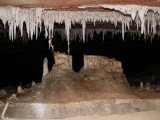
4. Torrinha Cave
It contains a veritable treasure trove of crystals, such as gypsum needles – considered the most perfect in the world – and aragonite flowers of unparalleled beauty. Part of it is reserved for research, but the area open to the public is stunning.
The Gruta da Torrinha is the most interesting cave in Chapada Diamantina and is filled with ornaments, such as the gypsum needles, 60 centimeters long, considered the most perfect in the world; and the rare aragonite flowers, which look like glass.
Part of it is reserved for research, but the area open to the public is stunning. Access via BR-122, Km 18, on the right, another 1 km to the cave.
5. Iraporanga
This small old village with well-preserved mansions is famous for the good cachaça produced in its artisanal stills.
6. Gruta da Fumaça
Gruta da Fumaça is full of distinctive stalactites and stalagmites, which look more like drops falling from the ceiling.
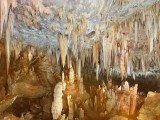
Narrow, stuffy and with small halls, it is not suitable for those who suffer from claustrophobia or have difficulty walking. Despite the heat and the stumbles on the uneven steps, it is worth the visit!
Bahia.ws is the largest tourism and travel guide for Bahia and Salvador.
Tourism and Travel Guide of Iraquara in Chapada Diamantina



















